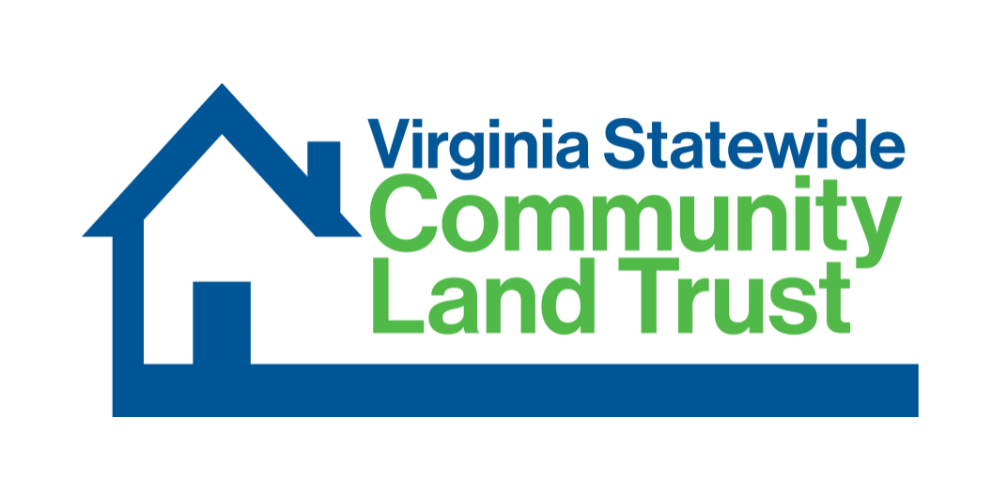The Virginia Statewide Community Land Trust (VSCLT) is an excellent tool for mission-focused housing developers around the Commonwealth. VSCLT was founded by a group of Habitat for Humanity affiliates around Virginia who saw an opportunity to offer affordable homeownership opportunities in perpetuity through the Community Land Trust (CLT) model. Together, they formed VSCLT to better serve families in the long term and to better steward affiliate resources.
CLTs secure subsidy in perpetuity by restricting the future sales price of the home to ensure it always remains affordable. Utilizing VSCLT’s services allows local partners to amplify the sustained impact of the tremendous work they already do in creating inclusive wealth building opportunities through homeownership.
Although Habitat Affiliates came together to create VSCLT, any local mission-focused builder or developer can place homes in the land trust and create permanent affordability for their communities. Contact us at info@vsclt.org to learn more about partnership opportunities.
Partnership with VSCLT
Why Should Habitat for Humanity Affiliates Consider Working with VSCLT?
Placing your Habitat homes into trust with VSCLT will extend the affordability of the homes in perpetuity.
Because the CLT model restricts the resale price of the home, your subsidy dollars are, in essence, recycled to help multiple families.
When a Habitat home in trust with VSCLT is sold, the Habitat affiliate will have the right of first refusal for repurchase of the home.
With VSCLT’s help, you can create a permanently affordable stock of homes in your community.
While the CLT model does restrict the resale price of the home, the homeowner will still walk away from resale with their equity and the increase in value of their home. This naturally compliments Habitat’s mission of creating homeownership opportunities for households to build generational wealth.
The CLT model helps address concerns communities and funders have around gentrification and the loss of affordability in our communities.
CLTs and Habitat for Humanity also have a shared history as both have origins in rural Georgia during the Civil Rights Movement in the 1960s. New Communities Inc., the first CLT in America, was formed near Albany, Georgia in 1969. Many of its founding members were involved in the Civil Rights Movement and had become friends with Clarence Jordan, the founder Koinonia Farm which was a predecessor to Habitat for Humanity. Since then, the Habitat model and the CLT model have been used to great effect to provide wealth-building opportunities for households excluded from the traditional housing market. Increasingly, in recent decades, the two models have become more interconnected as Habitats around the country have been turning to CLTs in order to preserve affordability and stretch subsidy dollars farther.
By creating and stewarding permanently affordable homes, CLTs operate for the benefit of lower income families AND for their neighborhoods.
CLT homes become increasingly affordable compared to the market over time. The result is that CLT homes remain affordable in perpetuity, even as the neighborhood changes around them, reducing the impact of gentrification.
In expensive neighborhoods, CLT homeownership can provide and redistribute opportunities to residents who have been excluded.
In lower-income neighborhoods, CLT homeownership can protect personal and community wealth from economic downturns.
Community Land Trusts are Neighborhood Assets
Projected Fair Market Price vs. Projected CLT Price Over Time
From the Habitat perspective, not much will change about the transaction, except at the closing table the land underneath the home will be transferred separately to VSCLT.
VSCLT will work with Habitat affiliates to educate homeowners about the program and prepare them to sign the ground lease.
VSCLT will work with mortgage lenders, loan servicers, appraisers, and others involved in the closing process to educate them about the CLT model.
VSCLT will work with Habitat affiliates to operate the program during subsequent home resales.

